Kotor is the well-known resort town situated on near the Lovćen mountain, on the coast of Boka-Kotor bay (Bay of Kotor). It’s one of the best preserved Mediterranean towns, it was put on the UNESCO World Heritage list.
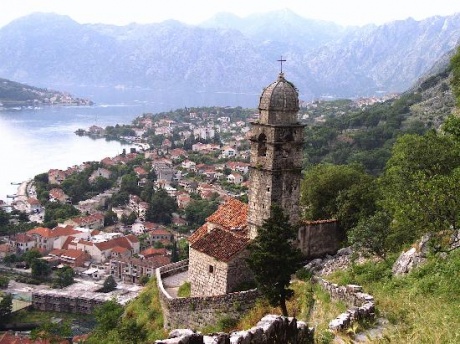
History of Kotor.
The history of settlement on the territory of the modern town dates back to ancient times – the proof of that fact is a lot of tools, pottery, cave drawings which date back to Neolithic age found in the caves of the surrounding mountains.
In ancient times this area was inhabited by Illyrians, since the 3rd century BC this land was ruled by the Roman Empire, and after its fall in 476 – by Byzantium. This is when Kotor was first mentioned in the documents, but at that time it was known as Ackrivium, later - Decater («katareo» – «abundant in hot springs»), but after some time got the name Kotor, because it was the trading centre of Boka Kotorska (Bay of Kotor).
In 535, Justinian, the Byzantine Emperor, finally expelled the Goths from these lands and built the fortress around which the so-called “lower” town was situated in the X century. The Byzantine government in Kotor was deposed more than once - in 1002 the town was conquered by the First Bulgarian Kingdom, in 1003 power was in the hands of Serbia. But Byzantium quickly regained their supremacy and kept it until the middle of XI century, when Kotor was conquered by one of the representatives of the Slavic Voislavlevich family, who ruled the State of Zeta at that time. Later on Kotor was the important Dalmatian town for many years and was known under the Italian name of «Cattaro».
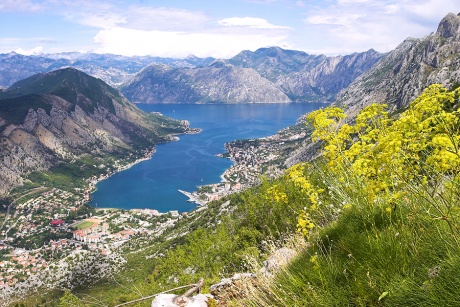
At the end of XII century the town surrendered without a fight to the great Serbian Župan Stepan Nemana (who was the founder of Serbian royal Nemanjić dynasty) and became part of Serbia as a vassal state, but retained their own institutions of authority and the rights to declare war and peace. While being the part of Serbia, Kotor had a considerable rise in economy and culture, because it was the well-developed trade and handicraft centre with the access to the sea. Even the European Tatar and Mongol invasion in the middle of the XIII century, when Kotor was burnt down, didn’t make the town disappear for good – Kotor was quickly rebuilt and remained the important trading centre. The Serbian dominion over Kotor ended only in 1371 when the Nemanjić dynasty was suppressed and during the next fifty years the town existed as an independent patrician republic.
In 1420 before the threat of Turkish invasion the Great City Council rendered a decision about the voluntary transmission under the authority and protection of Venetian Republic, and the town was a part of it until 1797. All this time the Osman Empire didn’t give up trying to conquer Kotor, but they never managed to do it.
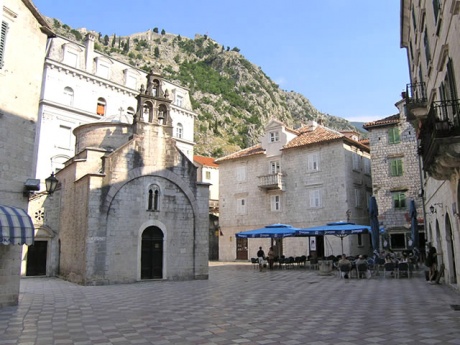
After Venice the town, according to Treaty of Campo Formio, the town started to belong to the Austrian Habsburg monarchy, but in 1805, according to the Pressburg agreement, it was given to the Italian kingdom, which was at that time the vassal of the French Empire of Napoleon. The fact that Kotor started to belong to France which was in the state of war with England at that time, meant that the ships of Kotor started to be a chase to the British and, as a result, the ultimate collapse of the maritime trade. To somehow change this, the inhabitants of Bay of Kotor turned to Peter Njegos, who was reigning Montenegro at that time, and he asked the admiral Senyavin, who was the commander of the Mediterranean expedition of Russian naval forces, for the support and as a result of their cooperative military operation Kotor was handed over to the representatives of Russian admiral in 1806.
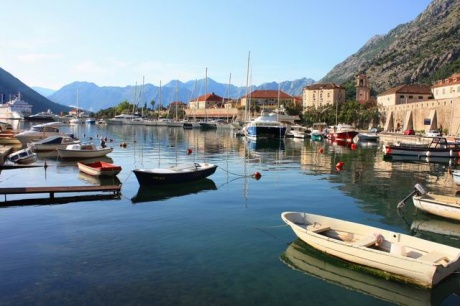
Peter Njegos offered Alexander I to form the Slavo-Serbian state with the capital in Dubrovnik and Kotor as a part of it, but after the defeat at the Battle of Friedland in June of 1807 Russia was to sign Treaties of Tilsit with Napoleon, according to which Kotor again became the part of France until 1813.
In September 1813 the metropalitan Peter Njegos again conquered the entire Bay of Kotor and again turned to the Russian emperor with the request to patronize Montenegro, but according to the Congress of Vienna decision, Bay of Kotor became the part of Austria and Alexander told the Montenergins to abandon it. In May of 1814 the Montenegrins left these territories and again lost the access to the sea.
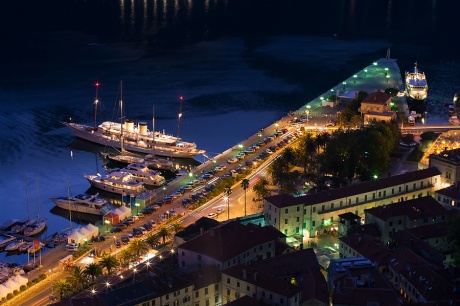
Until 1918 Kotor was a part of Dalmatian kingdom and was a part of Austria-Hungary, but after its defeat in World War I became the part of the State of Slovenes, Croats and Serbs, which was renamed to the Kingdom of Yugoslavia in 1929. And it’s the time when Kotor acquired the official name of the town status (before that the Italian name – Cattaro – was used in the documents).
After the capitulation of the Kingdom of Yugoslavia in 1941 Kotor was occupied by the Italian and German Nazis and at the order of Mussolini together with all the other towns of nearshore Montenegro became the part of the Nazi Italy.
Kotor was released from the fascist government in November 1944 and by the end of the war and as a part of Montenegro became a part of the communist Yugoslavia. The Civil War of the end of XX century didn’t affect the town, and today Kotor is a part of independent Montenegro.
Because of its rich history and a lot of changes in authority Kotor has a lot of old buildings which create the unique atmosphere in the town. It’s worth paying attention to the St. Tryphon’s Cathedral with the remains of frescos from XIV century, St. Luke’s, St. Anne’s, St. Mary’s churches, the Duke’s palace, the Napoleon’s theatre, that are only the small part of the Kotor’s “treasure chest”.
There’s a large market outside the town walls, where you can find the vast variety of local carftsmen’s products and goodies suited to every fancy. In the town itself you can wander around the beautiful old streets, have a cup of coffee at any of the numerous restaurants, to take a picture with the architectural masterpieces and buy the souvenirs.
 Montenegro
About the country
Montenegro
About the country

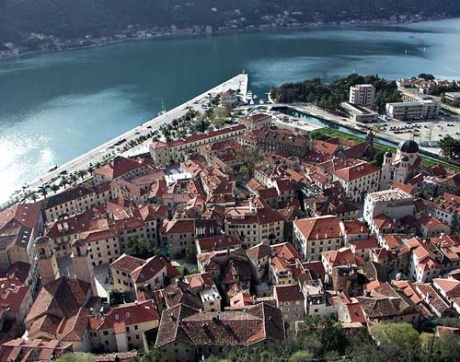
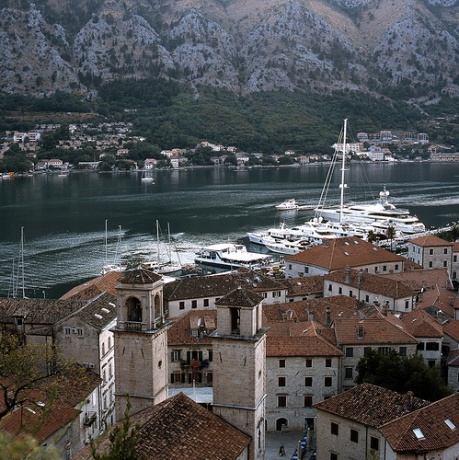
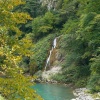
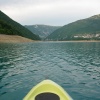
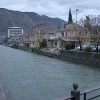
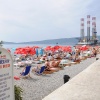
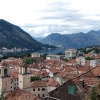
 Croatia
Croatia Slovenia
Slovenia Albania
Albania